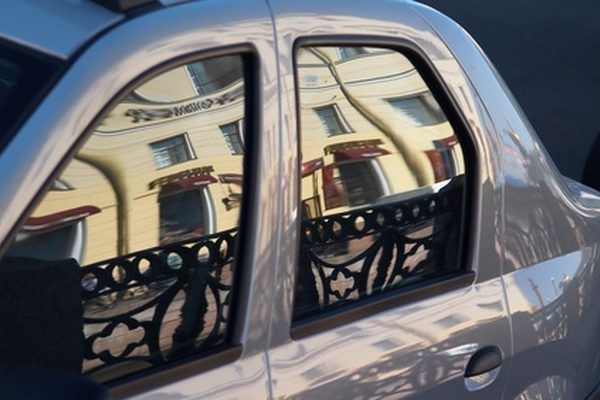
Windshield laws in Virginia
Anyone with a driver's license knows that there are many rules of the road that he or she must follow in order to stay safe and avoid accidents. In addition to these rules, motorists are also required to know and comply with the laws regarding the equipment of their vehicles. One important area is the windshield. Below are the windshield laws in Virginia that all drivers must follow.
windshield requirements
Virginia has several different requirements for windshields:
Vehicles manufactured or assembled after July 1, 1970 must have windshields.
Safety glass, consisting of at least two panes of glass with glazing in between, is required on all vehicles assembled or manufactured after January 1, 1936.
All vehicles equipped with windshields must also have windshield wipers to keep rain and other forms of moisture out of the glass. Wipers must be under the control of the driver and be in good condition.
All vehicles with a windshield must have a working de-icer.
Obstacles
Virginia limits the obstacles that can be placed on the roadway or within the driver's line of sight.
Large objects hanging from the rearview mirror are prohibited.
CB radios, tachometers, GPS systems and other similar devices cannot be attached to the dashboard.
Bonnet visors on vehicles manufactured in 1990 or earlier cannot be more than 2-1/4 inches above the point where the dash and windshield meet.
Hood air intakes on vehicles manufactured in 1991 or later must not be more than 1-1/8 inches above the point where the windshield and dash meet.
Only stickers required by law are allowed on the windshield, but they must not be larger than 2-1/2 by 4 inches and must be affixed directly behind the rearview mirror.
Any additional required decals must not protrude more than 4-1/2 inches above the bottom of the windshield and must be located outside the area cleared by the windshield wipers.
Window tinting
Only non-reflective tinting above the AS-1 line from the manufacturer is allowed on the windshield.
Front side window tinting must allow more than 50% of the light to pass through the film/glass combination.
Tinting of any other windows must provide more than 35% light transmission.
If the rear window is tinted, the car must have dual side mirrors.
No shade can have more than 20% reflectivity.
Red tint is not allowed on any vehicle.
Cracks, chips and defects
Scratches larger than 6 inches by ¼ inches in the area being cleaned by the wipers are not allowed.
Star-shaped cracks, chips, and pits larger than 1-1/2 inches in diameter are not allowed anywhere on the windshield above the bottom three inches of glass.
Multiple cracks in the same location, each exceeding 1-1/2 inches in length, are not allowed.
Multiple cracks starting with a star crack that are above the bottom three inches of the windshield are not allowed.
Violations
Drivers who fail to comply with the above windshield laws can be fined as much as $81 per violation. In addition, any vehicle that does not comply with these regulations will not be subject to mandatory annual inspections.
If you need to inspect your windshield or your wipers aren't working properly, a certified technician like one of AvtoTachki can help you get back on the road safely and quickly so you're driving within the law.
